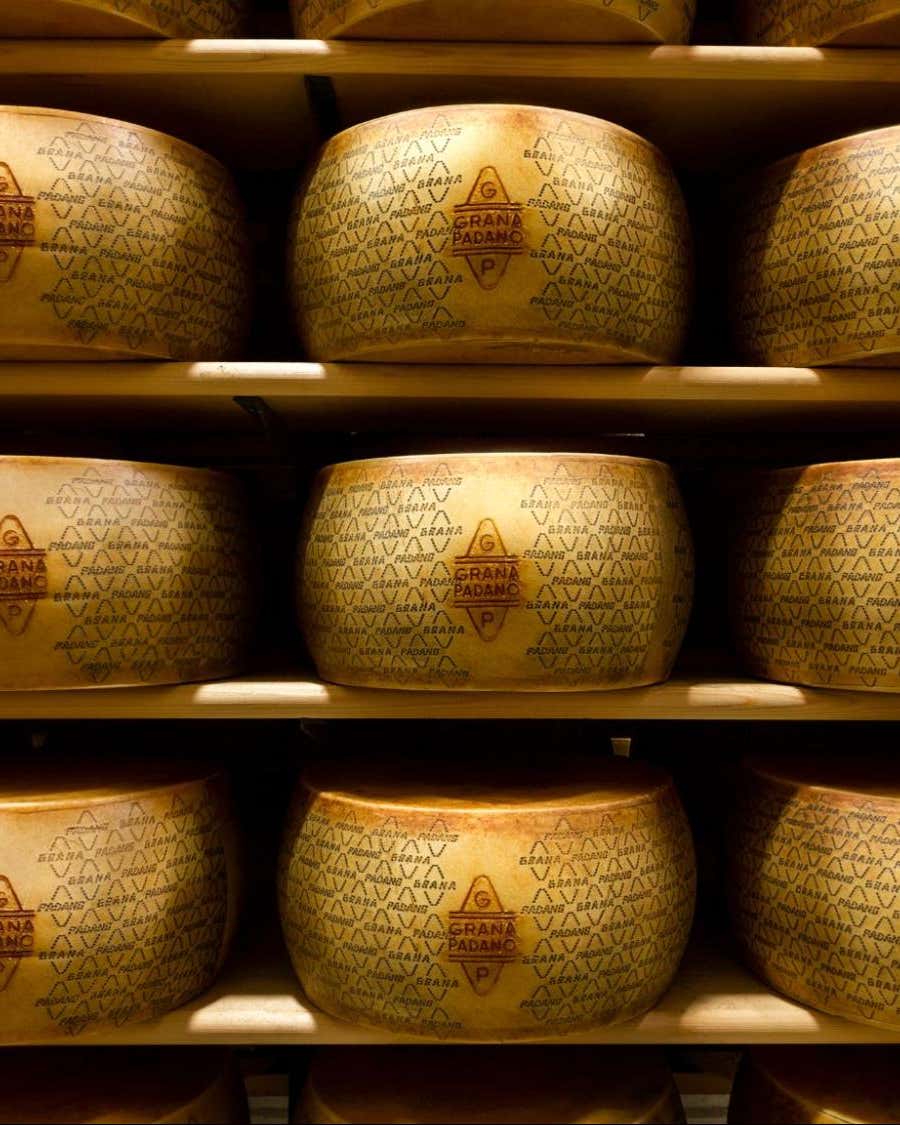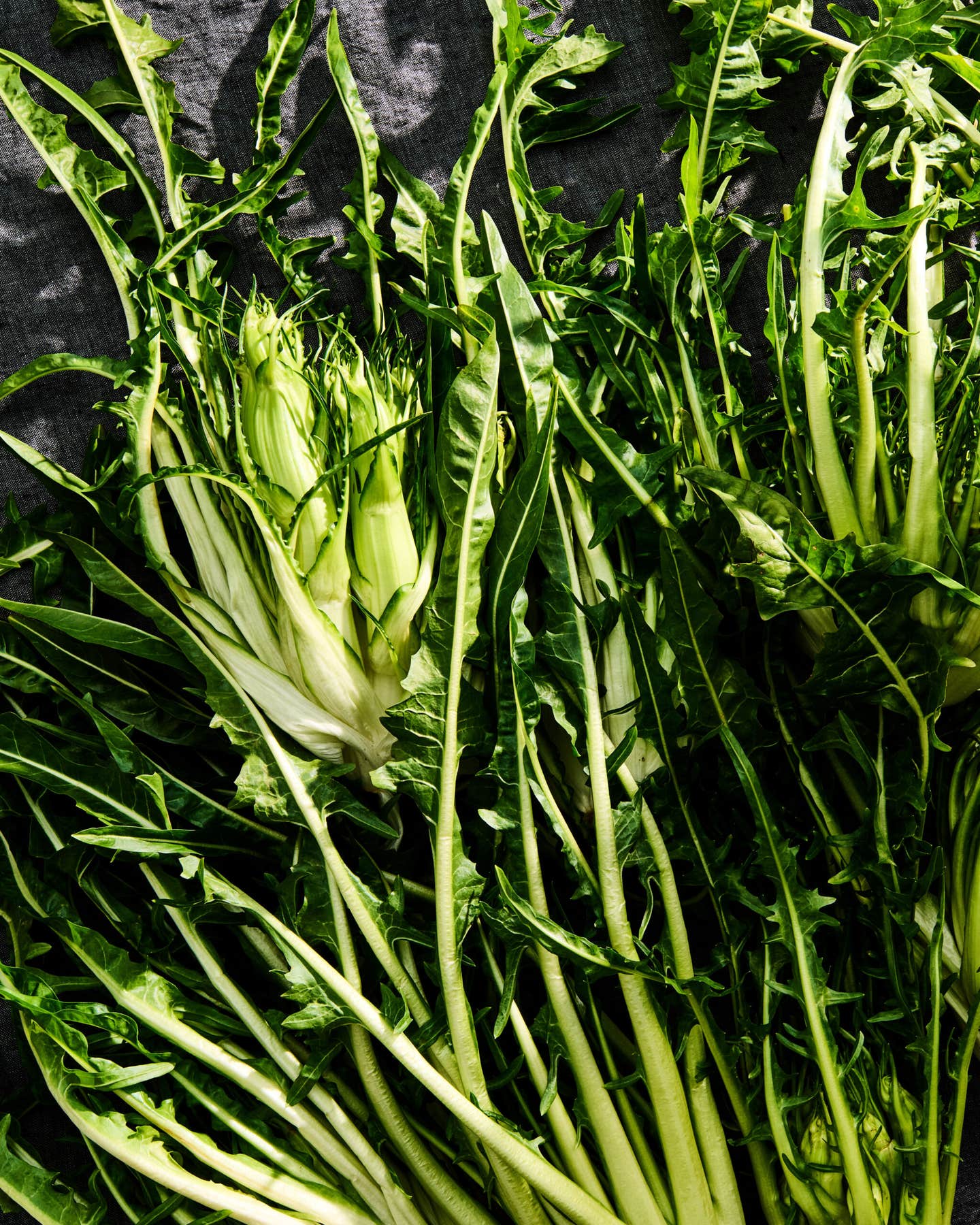
The Mother of It All
I don't have kids, unless you count Kent the dachshund and Spike the cat. But after spending three weeks with Nancy Silverton's Breads from the La Brea Bakery: Recipes for the Connoisseur, I've come closer to parenting than I ever imagined I would. Silverton led me step-by-step through the baking of my first loaf of bread (it was delicious), and at the same time managed to teach me something about wild yeast, sourdough, and motherly love.
Before you can bake bread (or anything else) from Silverton's book, you've got to make her basic sourdough starter. The instructions for this step alone takes nine pages; the process itself takes 14 days. The first actual bread recipe in the book, headed "The Basic Loaf: Country White", takes up another 16 pages—but at least it doesn't take two weeks.
I've known for a long time what good crusty country bread looks like, and how it smells and tastes. Bread from the seminal Acme Bread Company in Berkeley has been a staple at my house since Steve Sullivan started the bakery in the early 1980s. (Silverton dedicates her book to Sullivan.) I've feasted on rustic Parisian loaves from Poilane—and of course on La Brea Bakery bread when I visited Los Angeles. But I'd never even dreamed that I might one day make one of those perfect rounds myself.
I did it, though, by following Silverton's directions. This was both a miracle for me—and a testament to Silverton (who owns the La Brea Bakery and the adjacent Campanile res-taurant in L.A. with her husband, Mark Peel) and the collaborator on this volume, Laurie Ochoa, food editor of the Los Angeles Times.
As successful as my bread was, however, I did something Silverton wouldn't really approve of. In a note on equipment, she strongly recommends measuring bread ingredients by weight, not by volume. I did it the non-recommended way, by the cup. I also used a mixer with a dough hook to knead the bread instead of doing it by hand, the traditional way. I did these things because I thought that the truest test of Silverton's recipes—especially for a neophyte—would be to follow the less-calculated path, the one strewn with imprecision and potholes. If I could make a decent loaf this way from the book, I reasoned, then anybody could.
But first there was that starter. The ingredients were simple: unbleached flour, lukewarm water, and organic grapes swaddled in cheesecloth. I mixed the water and flour, then squeezed the grapes (to attract the essential wild yeasts and beneficial bacteria) into the goop and plunged them to the bottom of the Tupperware bowl. Covering the bowl tightly and setting it in a warm place, I waited, and watched. What if the grapes had been sprayed with pesticides, I wondered, or the kitchen air harbored some outlaw microbes?
By the third day, I was seeing signs of life in the starter—a few bubbles, the slightest thickening, the faintest hint of a yeasty aroma. On day four, I "fed" the beast for the first time, with more flour and water. For the next five days, I checked it regularly as it idled unfed. Then, for five more days, there a feeding frenzy—thrice-daily meals of flour and water for the burbling baby.
I was hooked, caught up in the nurturing of this culture captured from grapes and the air. Every time I lifted the loose-fitting lid covering the starter, I felt a flicker of anxiety. Would I find a living mass, yeasty and bubbly, as Silverton describes? Or would it be a lifeless puddle, a pasty glop killed by my miscues—or, even worse, a starter gone wrong, polluted by a renegade strain of yeast? I've read The Hot Zone.
On day 15, when it came time to put my baby to use—to actually bake with it—I was sure I'd ruin the dough in the handling and the baking. Apparently, I didn't, though, because the two dark-brown crusted loaves I pulled from the oven that afternoon looked and tasted like the real thing. With Silverton's help, I had become a baker.
I realized at that moment, however, that this whole exercise had grown to be about more than just a couple of loaves of bread. If all I'd wanted was a rustic loaf, I could have gone to the store and bought Acme's. No, this was about creation—the mystery of life. For two weeks, I'd been a parent—nurturing the starter, cosseting the fragile culture, taking its temperature, shielding it from drafts. Making a starter demands intense involvement with a living thing—and this, in turn, connects us to an ancient process with an immensely satisfying outcome.
The maternal metaphor that reeled me into this book is not just a literary device. It's palpable. Silverton often calls the starter "the mother," and when writing about kneading dough, she talks about the advantage of doing so with one hand, leaving the other free and clean to pat the dog or rock the baby. Writing about fitting a starter schedule into a busy work life, she notes: "[S]ourdough starter seems sometimes to require only slightly less care than a toddler or a recalcitrant Yorkie."
An erratic work schedule kept me from making more bread right away. Neither have I had time to try Silverton's other two starters—one for whole wheat, one for rye. But those begin with white starter, too, so if you can make that successfully, you'll be on your way to the dozens of other breads for which recipes are given here. There are also some "sourdough specialties" that look like great fun—everything from bagels to dog biscuits, from waffles to donuts. There's even a sourdough chocolate cake.
One problem with the book is that its recipes require special equipment, some of it from France, and not cheap. Be resourceful, though. When the price of proofing baskets at the local cookware shop frightened me, I asked the bakers at Acme Bread for alternatives; they told me to substitute inexpensive Japanese baskets or even ordinary colanders. In place of baker's proofing cloth, they suggested untreated artist's canvas—at a fraction of the cost. I also think that the book would be improved by a glossary of ingredients and equipment.
But, then, isn't it just like a parent to complain?
Keep Reading
Continue to Next Story










